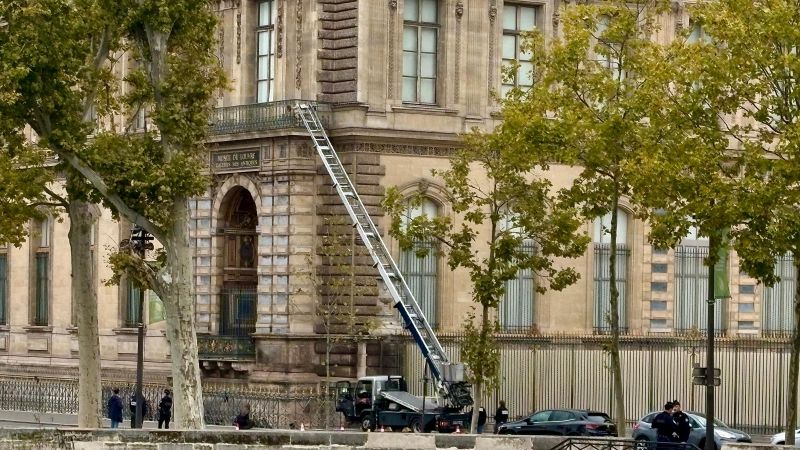New Charges in Louvre Jewel Heist: Suspects Charged in $102 Million Theft

New Charges in Louvre Jewel Heist
Two additional suspects have been formally charged in connection with the $102 million jewel heist at the Louvre Museum, intensifying the high-profile investigation that has captivated France. The newly charged individuals—a 37-year-old man with a criminal record and a 38-year-old woman—face accusations including organized theft and criminal conspiracy. Both deny involvement but remain in pretrial detention as inquiries continue.
Details of the Heist and Investigation
The audacious daytime robbery involved thieves using a movers' lift to access a second-floor window, breaking display cases with power tools before escaping on scooters. Earlier, two suspects had partially admitted their roles, while three others arrested were released without charges. The stolen jewels remain missing, heightening concerns about museum security.
Ongoing Search and Security Concerns
The investigation highlights vulnerabilities at one of the world's most visited museums, prompting urgent calls for improved protection measures. Authorities continue to pursue leads, hoping to recover the priceless items and bring all perpetrators to justice.
About the Organizations Mentioned
Louvre Museum
The Louvre Museum, located in Paris, France, is one of the world's most renowned and largest art museums. It serves as a cultural institution, showcasing a vast collection of artworks and artifacts from around the globe, spanning nearly two millennia. The museum's history is deeply intertwined with the French monarchy, beginning as a fortress in the 12th century and later transformed into a royal palace by Francis I in the 16th century[3]. Over the centuries, the Louvre underwent significant transformations. In 1682, Louis XIV moved the royal residence to Versailles, leaving the Louvre to fall into disrepair until it was repurposed as a public museum during the French Revolution in 1793[2][3]. Under Napoleon, the museum expanded its collection through wartime acquisitions, though many pieces were later returned[1][7]. The museum continued to grow, with significant additions during the Second French Empire and through donations and bequests since the Third Republic[1]. Today, the Louvre features over 500,000 objects, with about 35,000 works displayed across eight departments, including Egyptian Antiquities, Islamic Art, and Paintings[1]. It attracts millions of visitors annually, making it the most visited museum globally[1][3]. The museum's current status as a cultural icon is underscored by its extensive collection and its role in promoting art education and preservation. Notable aspects of the Louvre include its stunning architecture, such as the iconic glass pyramid, and the presence of some of the world's most famous artworks, like the Mona Lisa[4]. The museum's technological advancements and digital initiatives have also enhanced visitor experiences, making it a leader in the intersection of art and technology. Despite its historical roots, the Louvre remains a vibrant and evolving institution, engaging with contemporary art and culture while preserving its rich heritage.








